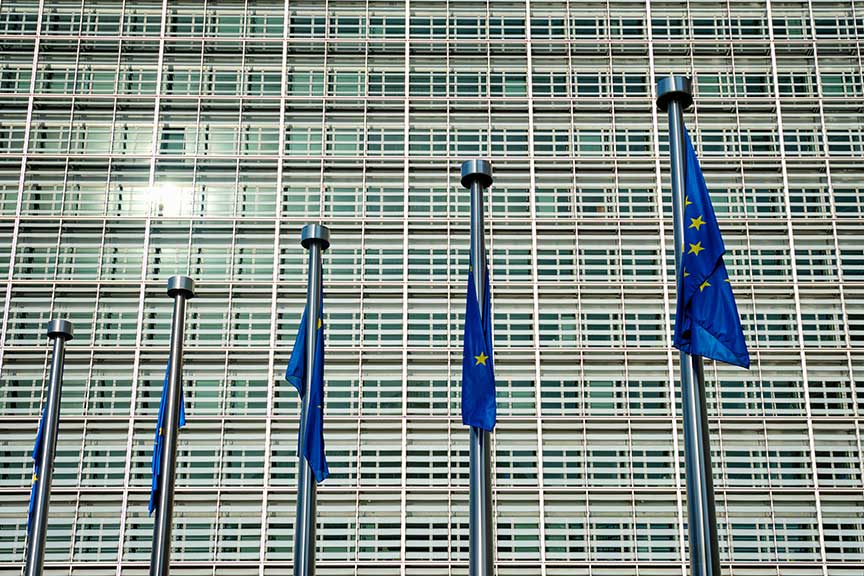2009-2014 European Sovereign Debt Crisis

EU HQ
Following the global financial crisis, several European countries, notably Greece, Ireland, Portugal, Spain, and Cyprus, faced high levels of public debt and were unable to finance their deficits. This led to a series of bailouts by the European Union, European Central Bank, and International Monetary Fund, commonly known as the "Troika." Austerity measures were implemented, causing social unrest and economic hardship in the affected countries.
The global financial crisis of 2007-2008 laid the groundwork for the European Sovereign Debt Crisis. The financial downturn led to a sharp decline in economic growth, which in turn caused fiscal deficits and increased public debt in several European countries. In the aftermath of the financial crisis, governments were forced to bail out their banking systems and implement fiscal stimulus measures to counteract the economic slowdown. These actions further exacerbated fiscal imbalances and public debt levels.
The European Sovereign Debt Crisis began in earnest in 2009 when Greece revealed that its budget deficit was much larger than previously reported. The disclosure raised concerns about the country's ability to service its debt obligations and sparked fears of a potential default. As a result, international investors started to lose confidence in Greek bonds, leading to increased borrowing costs for the Greek government.
The crisis quickly spread to other Eurozone countries, such as Ireland, Portugal, Spain, and Cyprus, which were also grappling with high levels of public debt and fiscal deficits. These countries, collectively known as the "PIIGS" (Portugal, Ireland, Italy, Greece, and Spain), experienced soaring borrowing costs, plummeting credit ratings, and heightened concerns about their solvency.
In response to the crisis, the European Union, the European Central Bank (ECB), and the International Monetary Fund (IMF) – collectively known as the "Troika" – implemented a series of bailout packages to help stabilize the affected countries. These bailouts were contingent upon the implementation of strict austerity measures, including spending cuts, tax increases, and structural reforms. The goal was to reduce fiscal deficits, restore investor confidence, and promote economic growth.
However, the austerity measures proved to be highly controversial and sparked widespread protests and social unrest in many of the affected countries. Critics argued that the austerity measures were counterproductive, as they stifled economic growth, increased unemployment, and led to further social and economic hardship. In some cases, the measures were deemed insufficient, and countries required multiple bailouts to address their ongoing financial woes.
The crisis also exposed fundamental flaws in the design and governance of the Eurozone. The single currency system, which ties the economies of its member states together, made it difficult for individual countries to respond to economic shocks through traditional means, such as devaluing their currencies to boost exports or implementing independent monetary policies. Additionally, the lack of a robust fiscal union and a centralized banking authority made it difficult for the Eurozone to respond to the crisis effectively.
In the years following the peak of the crisis, the Eurozone has undertaken several reforms to address the weaknesses exposed by the crisis. These include the establishment of the European Stability Mechanism (ESM), a permanent bailout fund designed to provide financial assistance to Eurozone countries in distress; the creation of a banking union to centralize banking supervision and resolution mechanisms; and the implementation of the European Fiscal Compact, which aims to strengthen fiscal discipline among EU member states.
 >
>